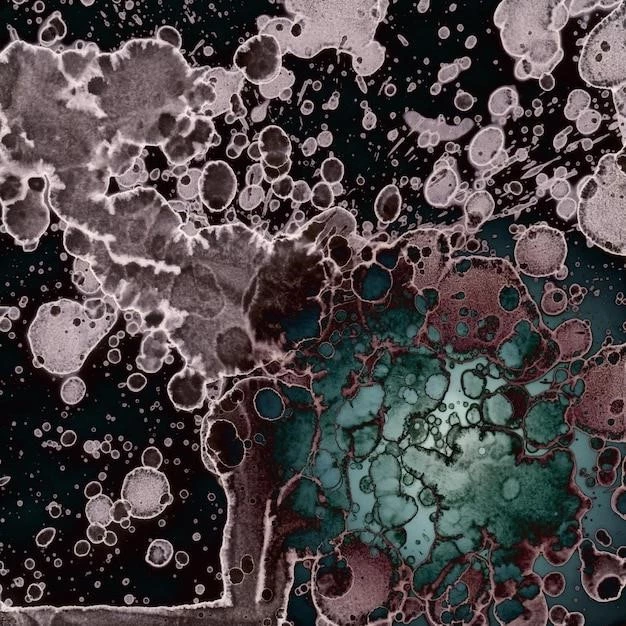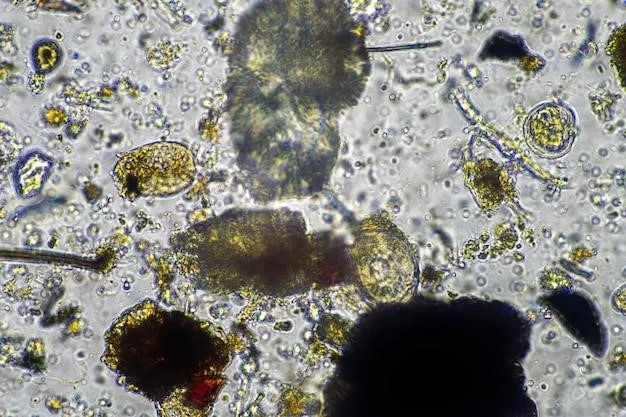Thanatophoric dysplasia (TD) is a lethal short-limbed skeletal dysplasia with characteristic findings of micromelia, bowed femurs, narrow thorax, and short ribs. The Glasgow variant has overlapping radiographic and histopathologic features and is considered neonatally lethal.
Definition and Characteristics
Thanatophoric dysplasia (TD) encompasses a spectrum of skeletal abnormalities characterized by disproportionately short limbs, a narrow thorax, and a small chest. The Glasgow variant of TD presents similar features and is known for its lethality in the neonatal period. These distinct skeletal dysplasias are identified by specific clinical and radiographic findings, setting them apart from other skeletal disorders.
Establishing the Diagnosis
The diagnosis of Thanatophoric Dysplasia Glasgow Variant is confirmed through clinical and radiographic assessments, along with molecular genetic testing to identify the specific FGFR3 variants.
Clinical and Radiographic Features
Thanatophoric Dysplasia Glasgow Variant is characterized by distinct clinical features such as extremely short limbs, narrow thorax, and specific radiographic findings like micromelia, bowed femurs, and short ribs. These features aid in the differential diagnosis and contribute to establishing a definite diagnosis through imaging examinations.
Genetic Basis
The genetic basis of Thanatophoric Dysplasia Glasgow Variant lies in mutations of the FGFR3 gene, particularly identifying specific variants through molecular genetic testing.
FGFR3 Mutations
The genetic basis of Thanatophoric Dysplasia Glasgow Variant is attributed to mutations in the FGFR3 gene, leading to the characteristic skeletal dysplasia features observed in affected individuals. Molecular genetic testing is crucial for identifying these specific mutations for an accurate diagnosis.
Symptoms and Manifestations
The symptoms of Thanatophoric Dysplasia Glasgow Variant include extremely short limbs, narrow chest, micromelia, and distinctive skeletal abnormalities evident on radiographic imaging.
Clinical Presentation
The clinical presentation of Thanatophoric Dysplasia Glasgow Variant includes distinct skeletal features such as extremely shortened limbs, a narrow thorax, and specific radiographic findings that aid in diagnosing this rare skeletal dysplasia. Additionally, the manifestation of micromelia and other unique characteristics further contributes to identifying this condition.
Subtypes of Thanatophoric Dysplasia
Thanatophoric dysplasia is classified into two main subtypes⁚ Type I and Type II. Type I is characterized by specific skeletal abnormalities such as bowed long bones, narrow thorax, and distinct cranial features, while Type II presents with additional unique characteristics.
Type I and Type II
Thanatophoric Dysplasia Glasgow Variant is further categorized into distinct subtypes known as Type I and Type II. These subtypes exhibit specific skeletal features and are crucial in delineating the clinical presentation and prognosis for affected individuals.
Effective differential diagnosis involves distinguishing Thanatophoric Dysplasia Glasgow Variant from similar conditions such as homozygous achondroplasia, achondrogenesis, and campomelic dwarfism through detailed clinical and radiographic evaluations.
Differential Diagnosis
Establishing a differential diagnosis for Thanatophoric Dysplasia Glasgow Variant involves distinguishing it from other skeletal dysplasias like achondrogenesis and campomelic dwarfism through comprehensive clinical and radiographic assessments.
The prevalence of Thanatophoric Dysplasia Glasgow Variant is rare, with an estimated incidence of 1.68-8.3 per 100,000 births. Statistical data on the exact prevalence in Japan are currently unavailable, warranting further investigation.
Statistical Data and Prognosis
Statistical data suggests that the prevalence of Thanatophoric Dysplasia Glasgow Variant is rare, with an estimated incidence ranging from 1.68 to 8.3 per 100,000 births. The prognosis for individuals with this condition remains guarded due to its severe nature, emphasizing the importance of accurate diagnosis and management strategies.
Histopathological Findings
The histopathological findings of Thanatophoric Dysplasia Glasgow Variant typically involve disrupted growth plates with inadequate columns and fibrous bands, contributing to the distinct skeletal abnormalities observed in affected individuals.
Prevalence and Incidence
The prevalence of Thanatophoric Dysplasia Glasgow Variant is rare, with an estimated incidence of 1.68-8.3 per 100,000 births. Statistical data on the exact prevalence in Japan are currently unavailable, warranting further investigation.
Prenatal Diagnosis Challenges
Prenatal diagnosis of Thanatophoric Dysplasia Glasgow Variant poses challenges due to the difficulty in accurately diagnosing the condition before the third trimester, typically around 22 weeks of gestation. Sonographic features may aid in the identification of potential cases, including measurements indicating skeletal abnormalities and thoracic cavity characteristics.
Sonographic Features
Prenatal diagnosis of Thanatophoric Dysplasia Glasgow Variant presents challenges due to difficulty in accurate identification before the third trimester, typically around 22 weeks of gestation. Sonographic features may aid in identifying potential cases, including measurements indicating skeletal abnormalities and thoracic cavity characteristics.

Management and Treatment
The management of Thanatophoric Dysplasia Glasgow Variant involves clinical interventions aimed at addressing specific complications and providing supportive care to affected individuals. Due to its severe nature, management focuses on improving quality of life and addressing associated health challenges.
Clinical Interventions
Clinical interventions for Thanatophoric Dysplasia Glasgow Variant focus on addressing specific complications and providing supportive care to enhance the quality of life for affected individuals. The treatment strategies encompass a multidisciplinary approach involving specialized medical professionals to manage associated health challenges effectively.
Published literature reports on the Thanatophoric Dysplasia Glasgow Variant highlight the distinct skeletal abnormalities, genetic mutations, and challenging diagnostic aspects that clinicians face when managing this rare skeletal dysplasia.

Research Studies and Literature
Research studies and literature on Thanatophoric Dysplasia Glasgow Variant encompass a rich collection of case reports and studies highlighting the unique skeletal abnormalities, genetic mutations, and diagnostic challenges associated with this rare skeletal dysplasia.
Collaborative Approaches and Resources
Collaborative approaches in managing Thanatophoric Dysplasia Glasgow Variant involve a multidisciplinary team of medical professionals working together to provide accurate diagnosis, genetic counseling, and supportive care for affected individuals. Resources such as genetic testing facilities and specialized clinics play a crucial role in assisting healthcare providers in managing this rare skeletal dysplasia effectively.
Diagnosis and Supportive Care
Based on the latest information available on the Internet regarding the topic ″Disease⁚ Thanatophoric dysplasia Glasgow variant,″ it is important to note that the Glasgow variant of Thanatophoric dysplasia is a lethal short-limbed skeletal dysplasia characterized by specific clinical and radiographic features, including micromelia, bowed femurs, narrow thorax, and short ribs. The diagnosis of this condition involves clinical and radiographic assessments, along with genetic testing to identify mutations in the FGFR3 gene. Thanatophoric dysplasia Glasgow variant falls under the umbrella of thanatophoric dysplasia, a severe genetic condition that affects the skeletal system, leading to extremely short limbs and other unique characteristics. Researchers and medical professionals rely on collaborative approaches and specialized resources to accurately diagnose and provide supportive care for individuals affected by this rare skeletal dysplasia. The management strategies for Thanatophoric dysplasia Glasgow variant focus on clinical interventions and multidisciplinary care to address specific complications and enhance the quality of life for patients. Additionally, research studies and literature provide valuable insights into the unique features, genetic mutations, and diagnostic challenges associated with this condition.
References⁚
– Research on Thanatophoric Dysplasia Glasgow Variant.
– Information on the Diagnosis and Treatment of Thanatophoric Dysplasia Glasgow Variant.
– Characteristics and Diagnosis of Thanatophoric Dysplasia Glasgow Variant.
